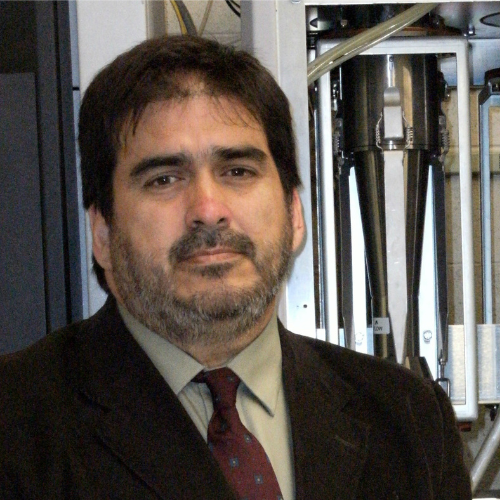Current methods may inadequately measure human health impacts from oil and natural gas extraction

FINDINGS
An examination of peer-reviewed studies published over six years on hazardous air pollutants associated with the extraction of oil and natural gas finds that measurements of hazardous air pollutant concentrations near operational sites have generally failed to capture levels above standard health benchmarks; yet, the majority of studies continue to find poor health outcomes increasing as distance from these operations decreases.
While it is unclear why there is a gap in the evidence between environmental sampling and health-based studies, the current review provides insights into methodological shortcomings that may help explain this discrepancy. Authors state that current health benchmarks may not provide accurate risk estimates from the broad range of pollutants associated with oil and natural gas development, and fail to adequately address potential risks associated with long-term, chronic, lower levels of exposure or from a mixture of chemicals. Further, a failure of sampling methods to properly account for degradation and dispersion of pollutants, or inappropriate sampling timeframes that may not capture peak emission periods that are characteristic of oil and natural gas extraction, may also contribute to the current gap in the literature.
The authors call for additional investigations of emissions using measurements and research that incorporate appropriate timeframes and proximity to oil and gas extraction on health impacts from chronic, low-level ambient hazardous air pollutant exposures, among others.
BACKGROUND
Energy demands have increased over several decades as technical innovations have led to more extraction of oil and natural gas, making the United States one of the world’s leading producers of petroleum and natural gas hydrocarbons. Several hazardous air pollutants such as benzene, toluene, and ethyl-benzene are listed by the Environmental Protection Agency as known or suspected carcinogens, or that carry other health effects, have been measured at elevated concentrations around oil and natural gas extraction sites.
METHOD
The researchers reviewed 37 peer-reviewed journal articles published between Jan. 1, 2012 and Feb. 28, 2018. One focused on Poland and the rest on the U.S.
IMPACT
This review will help guide future research on air quality near oil and natural gas development sites by highlighting future research priorities. It may also bring insights into possible exposures of communities near oil and natural gas development and storage sites such as Aliso Canyon in Los Angeles’ Porter Ranch, where there was a major methane leak that affected the community.
AUTHORS
Diane Garcia-Gonzales and Michael Jerrett of the UCLA Fielding School of Public Health; Seth Shonkoff of UC Berkeley; and Jake Hayes of Cornell University
JOURNAL
The review article was published in the 2019 volume of Annual Review of Public Health
FUNDING
The National Science Foundation funded this review through Garcia-Gonzales’ Integrative Graduate Education and Research Traineeship fellowship.
Media Contact
Enrique Rivero
310-267-7120
erivero@mednet.ucla.edu
Faculty Referenced by this Article

Industrial Hygiene & Analytical Chemistry

Associate Professor for Industrial Hygiene and Environmental Health Sciences

Dr. Hankinson is a Distinguished Professor of Pathology and Laboratory Medicine, and of EHS, and Chair of the Molecular Toxicology IDP






























